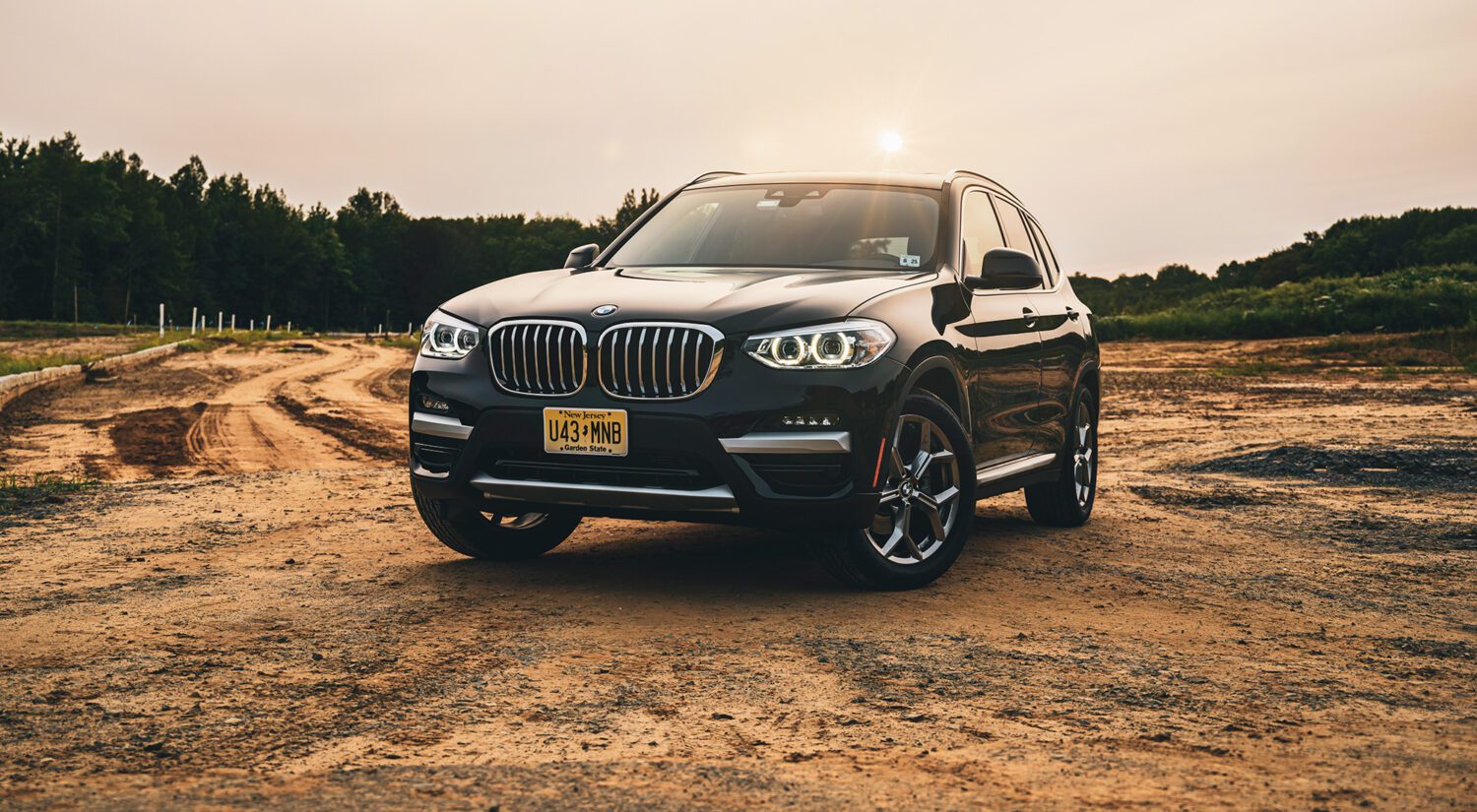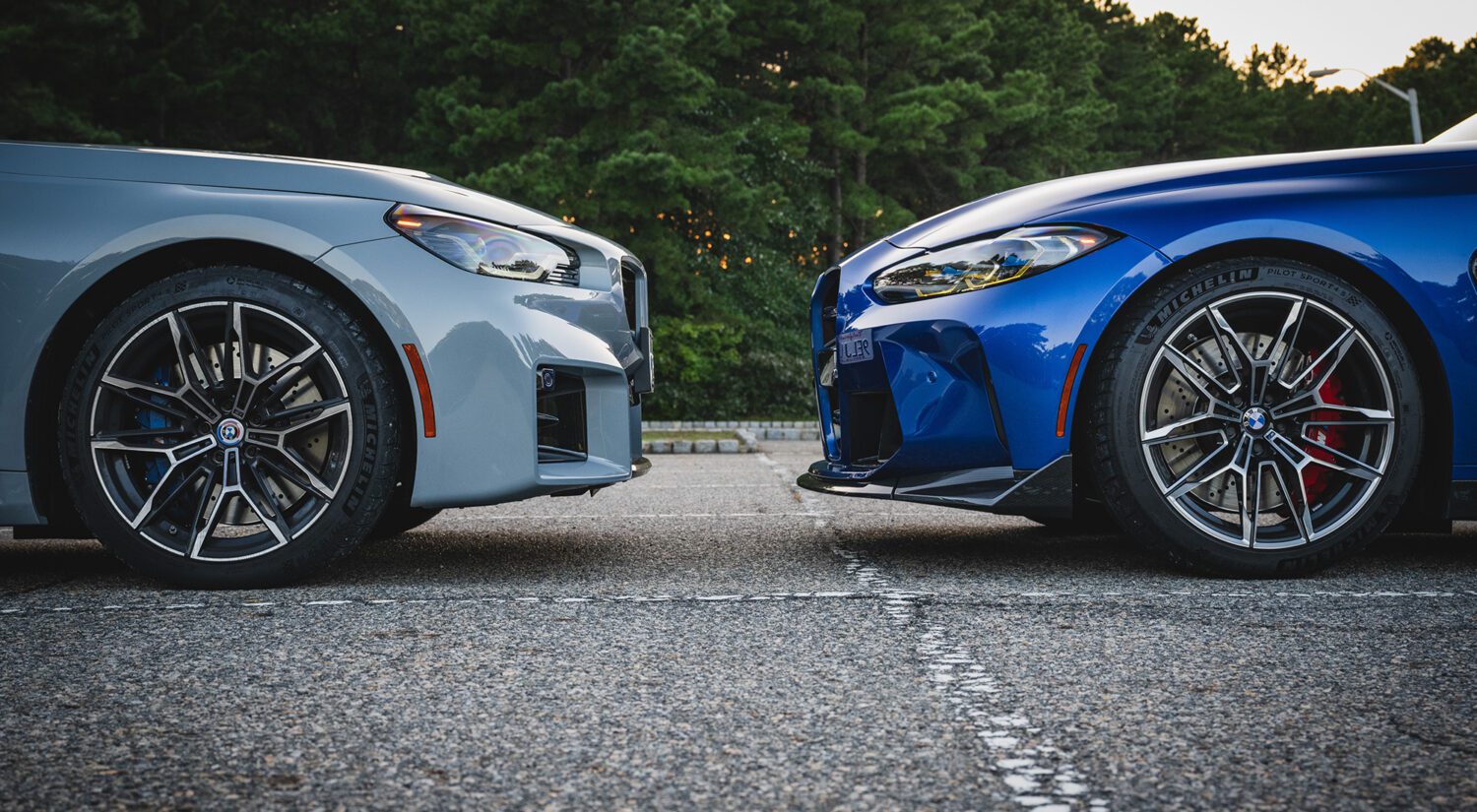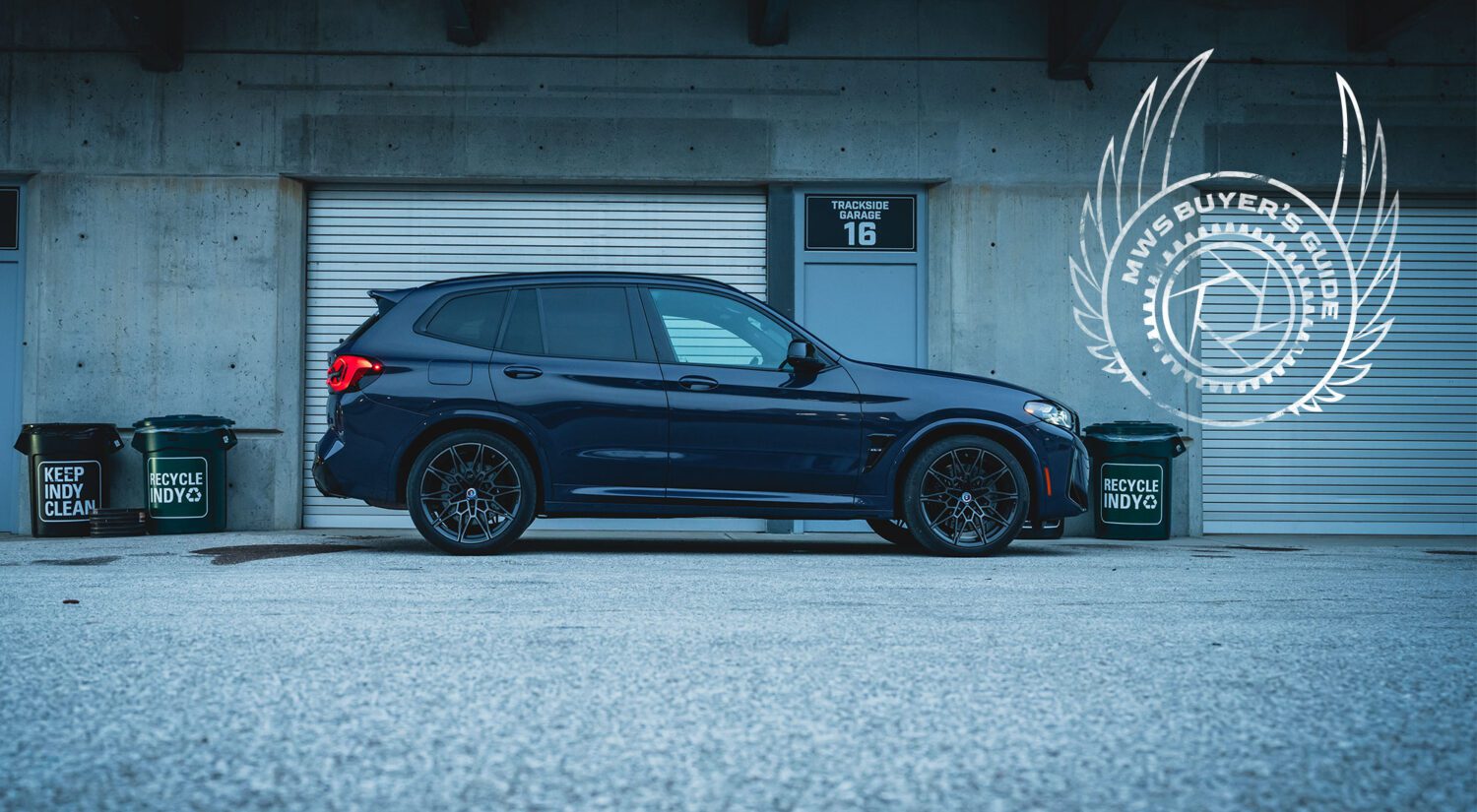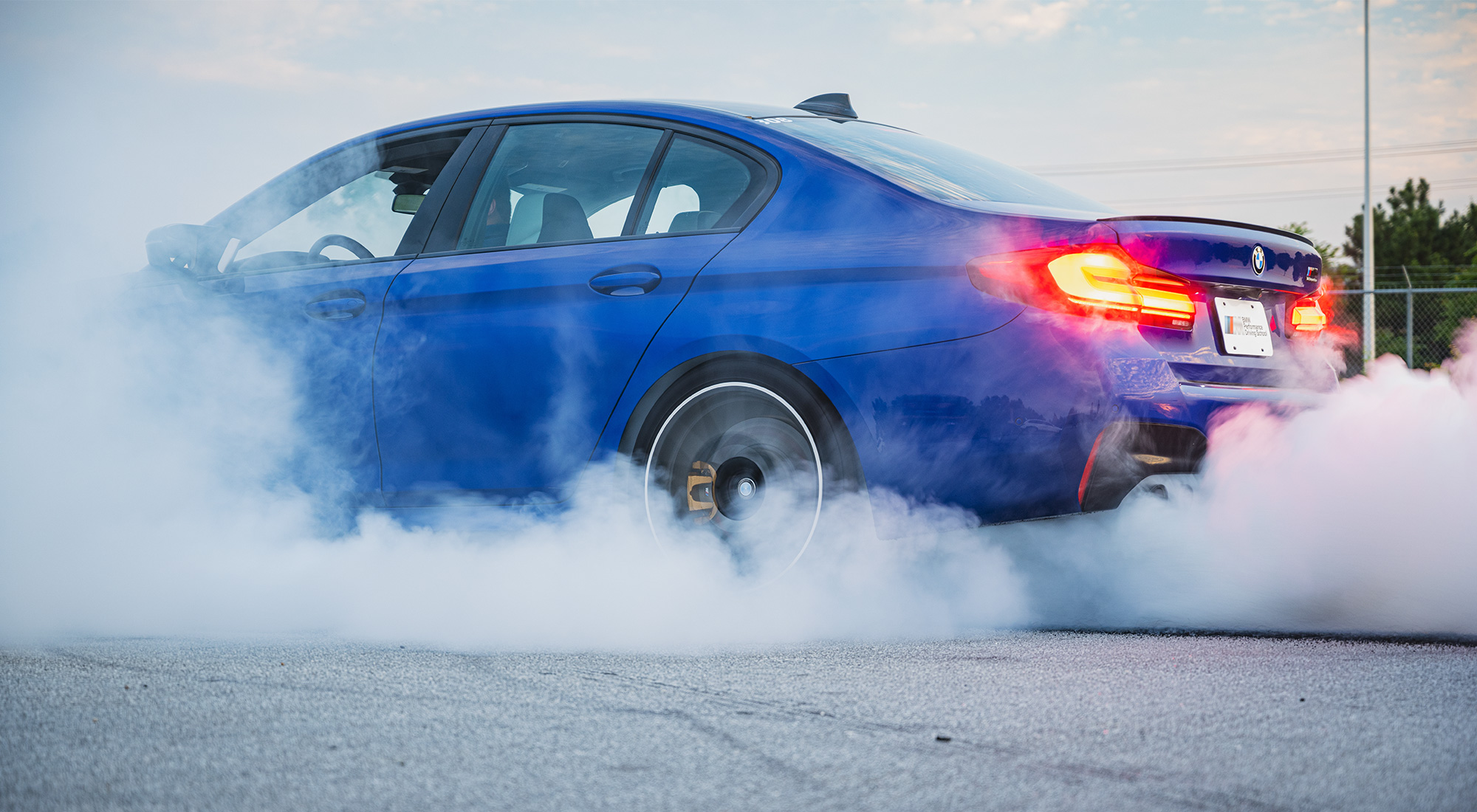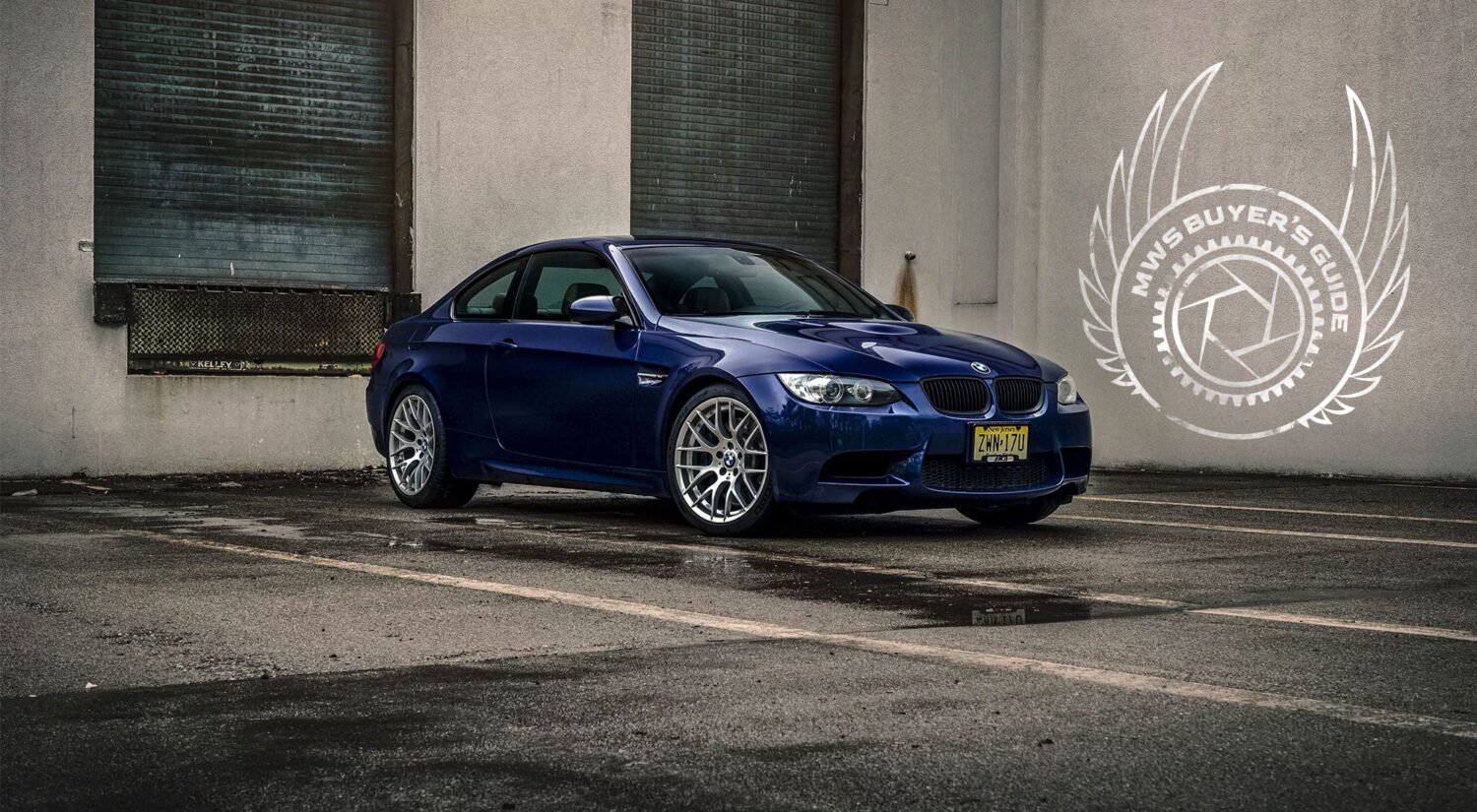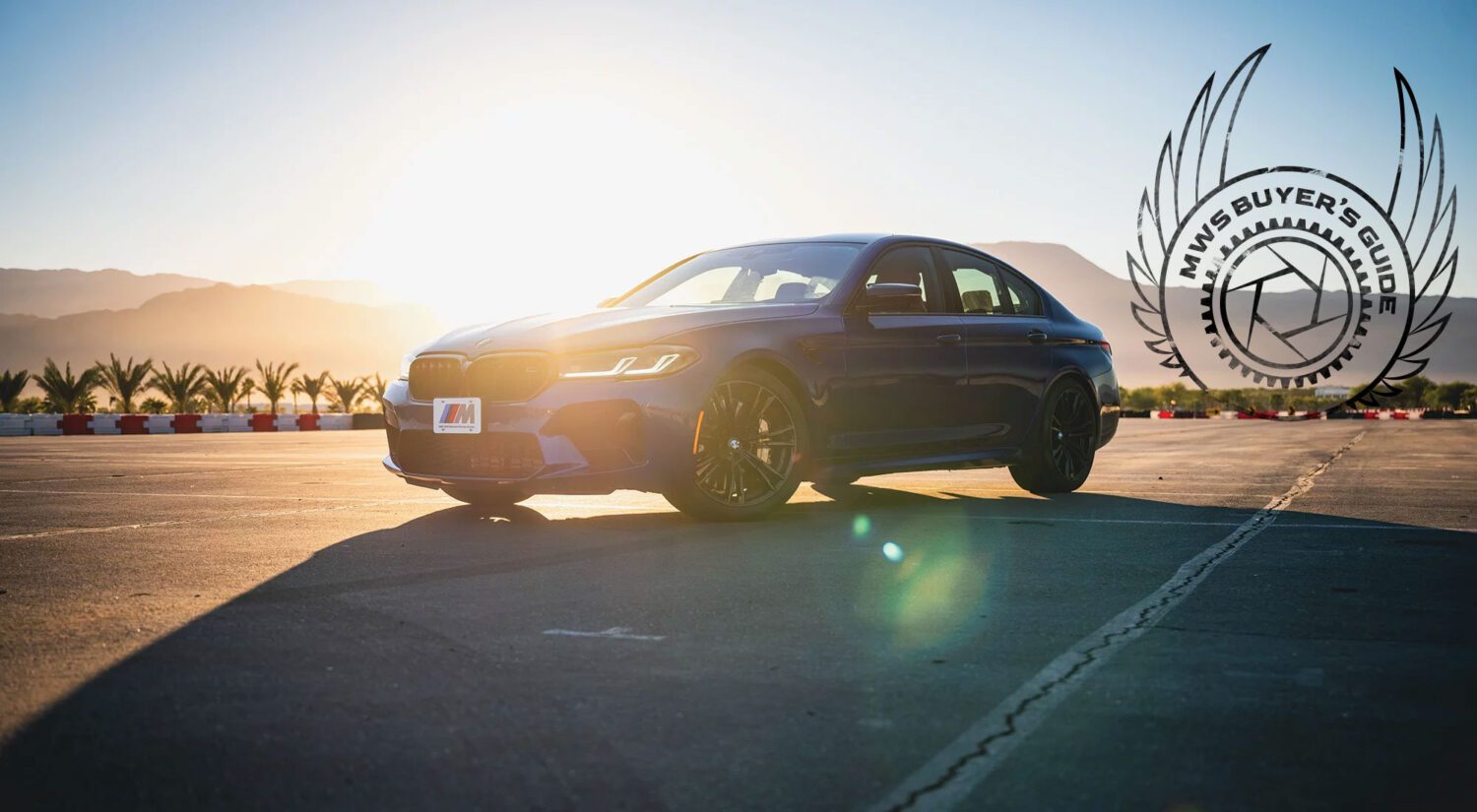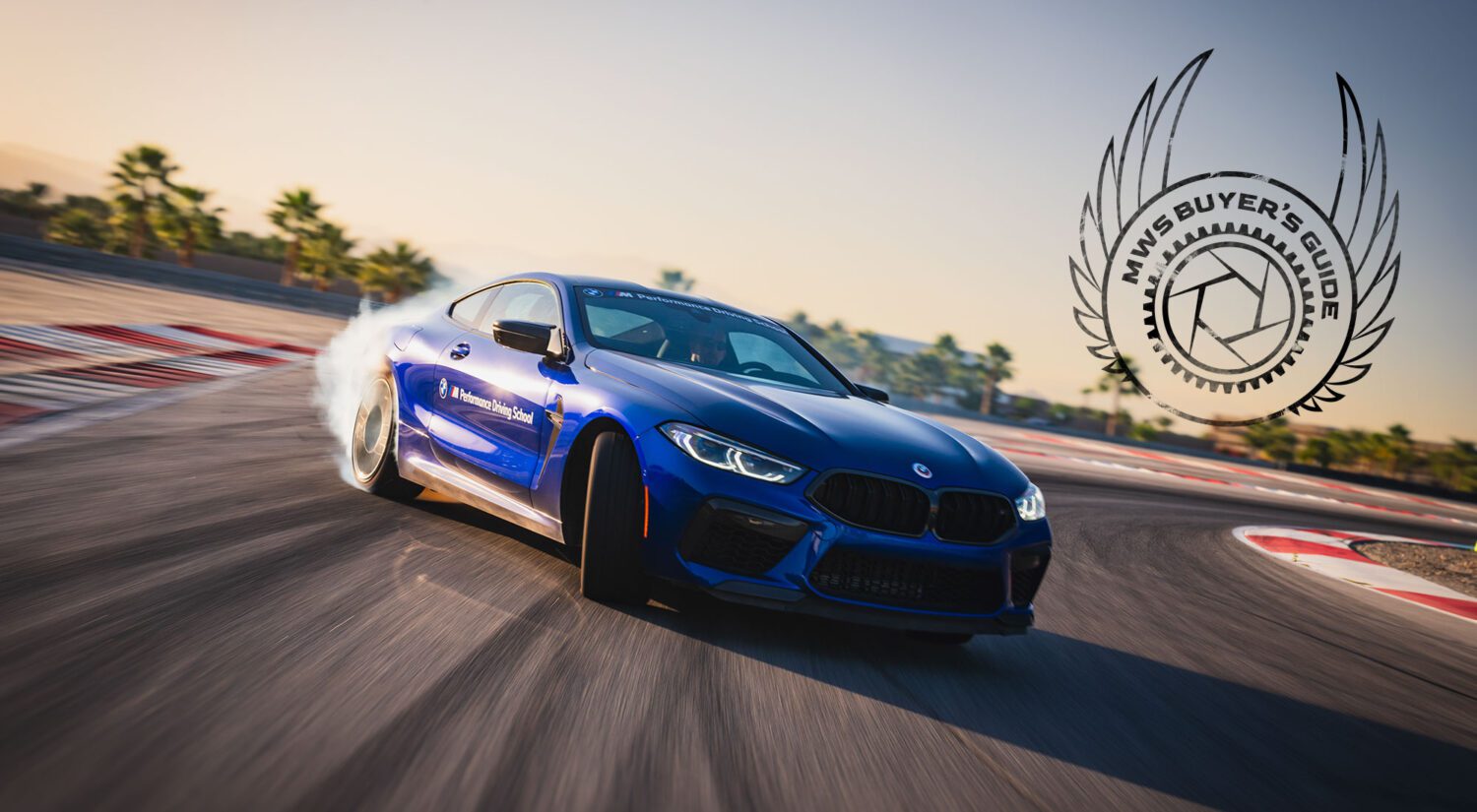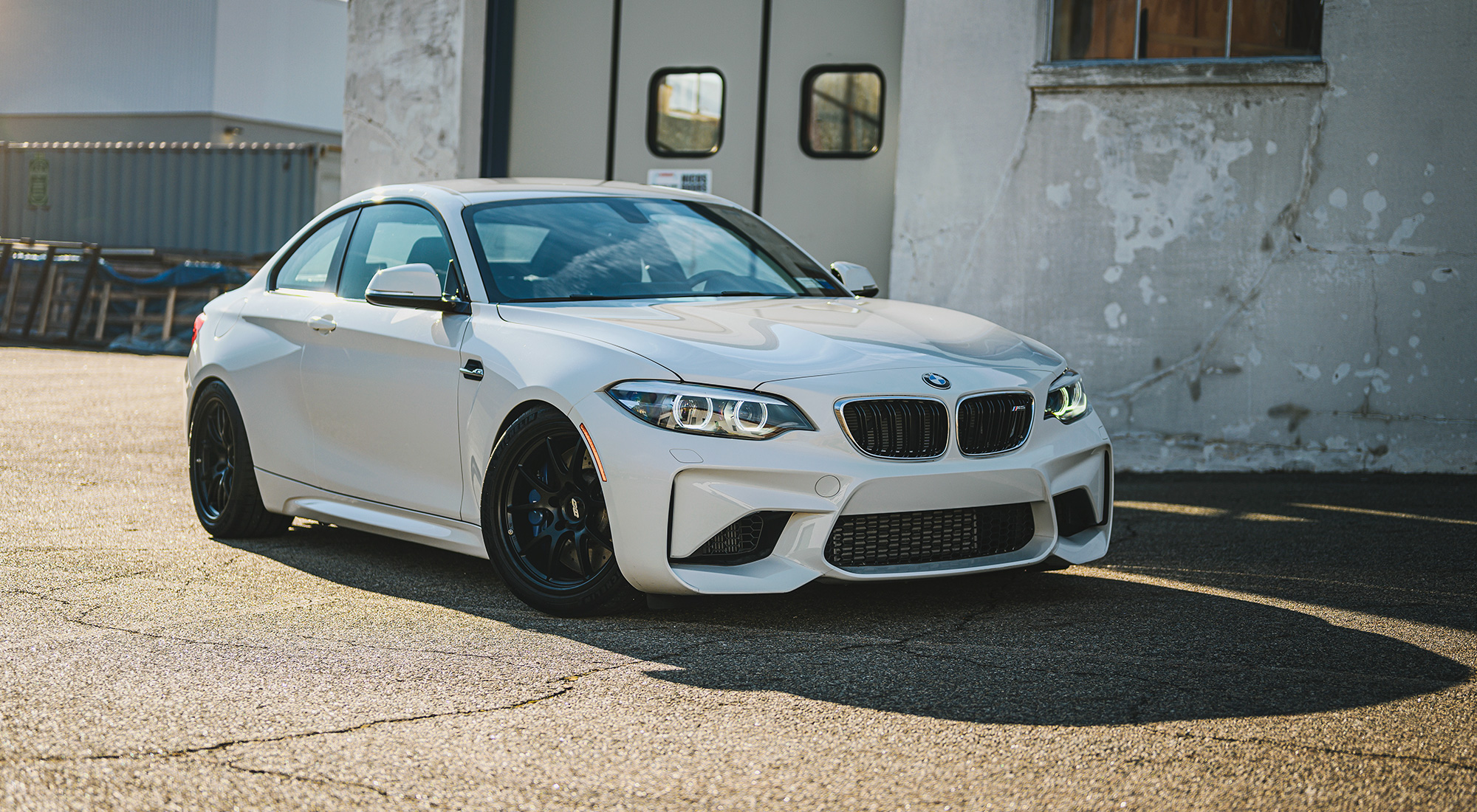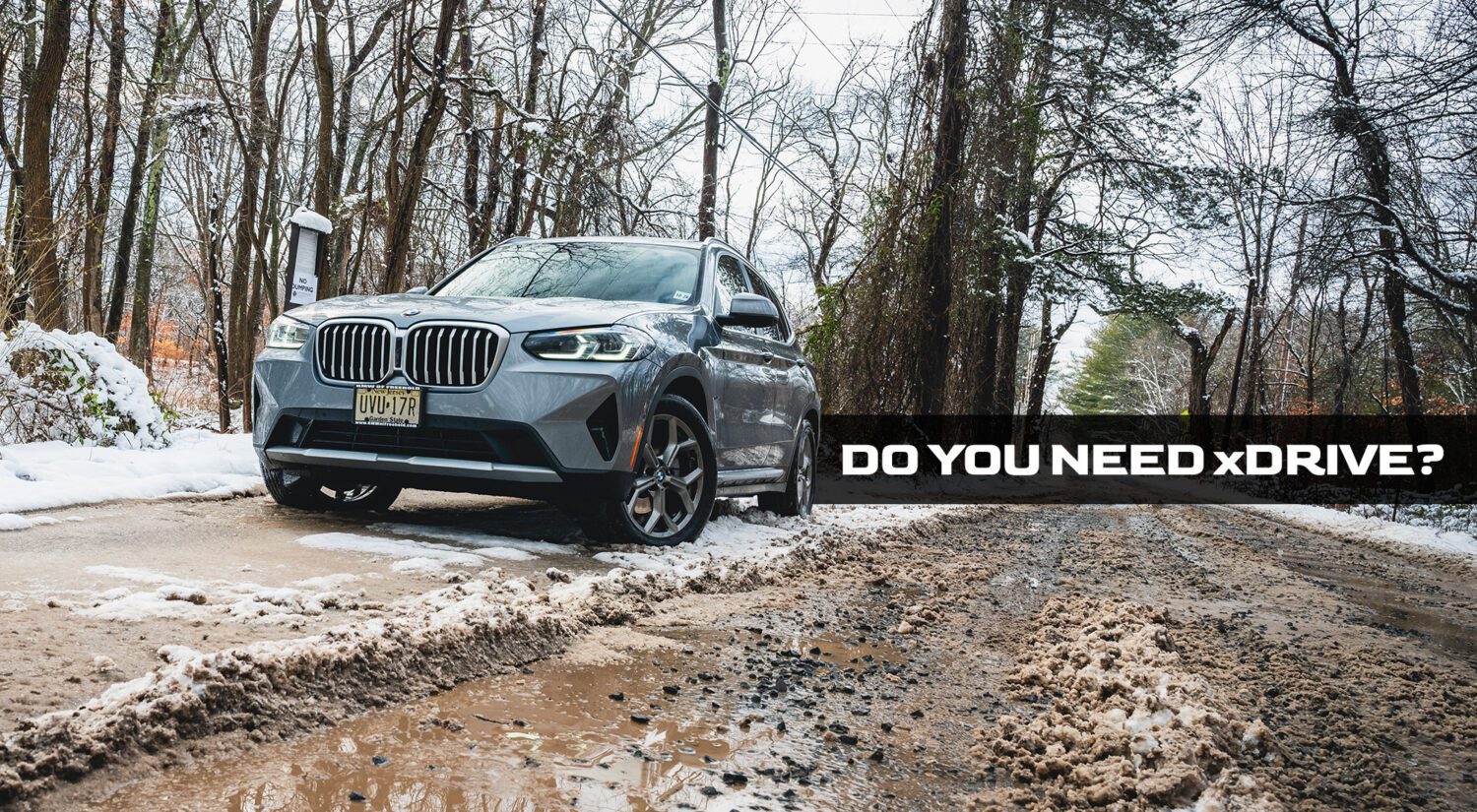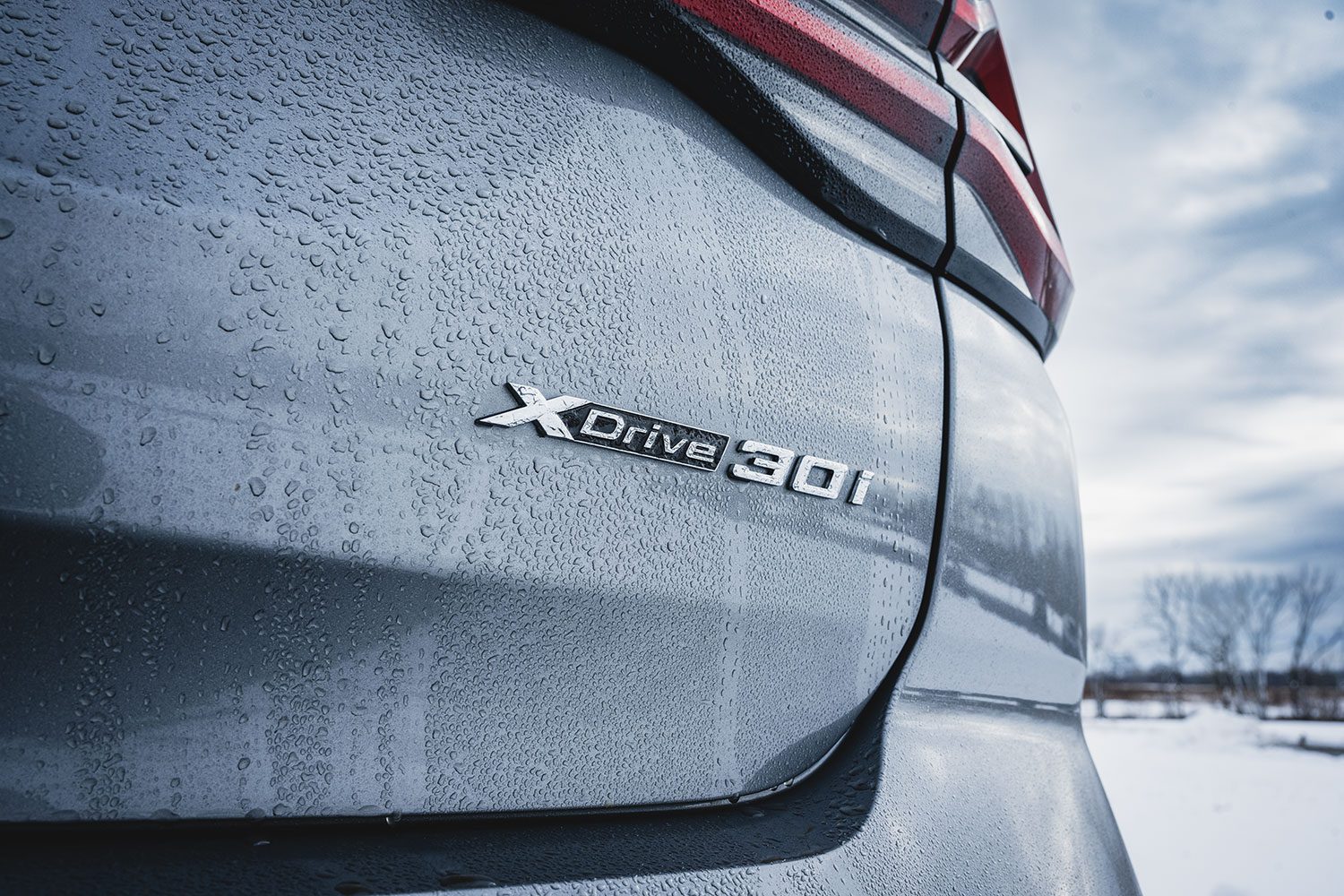
To this day, I see confusion and misinformation about all-wheel drive, and specifically xDrive. What is it, and do you need it? Considering the fact that it’s available on every BMW not named Z4, you’ll want to at least consider the option. I borrow an X3 xDrive30i, wait for a nasty winter day, and proceed to get it dirty in the name of science and internet content.
Hey, I do it for you.
The difference between all-wheel drive and four-wheel drive
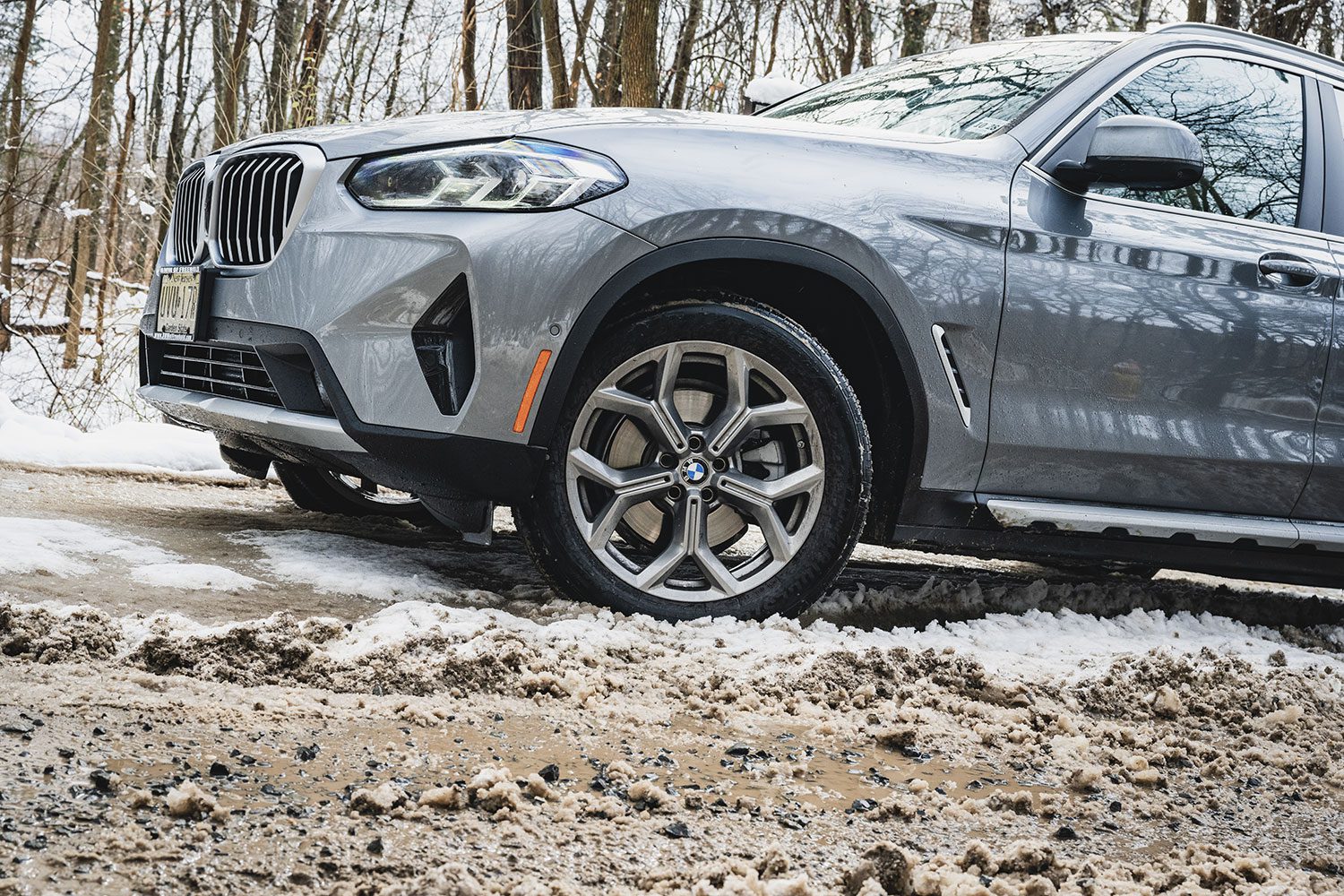
We’ll start here, and these are not the same.
xDrive is just BMW’s name for its all-wheel drive system. xDrive is always on, with no low range setting or option to turn it off. There are no buttons to press or knobs to turn. xDrive is seamless in operation – the only time you might feel anything amiss is when the traction control kicks in. The computer in a BMW works with the engine, transmission and differential to decide where and how much power to send to any wheel.
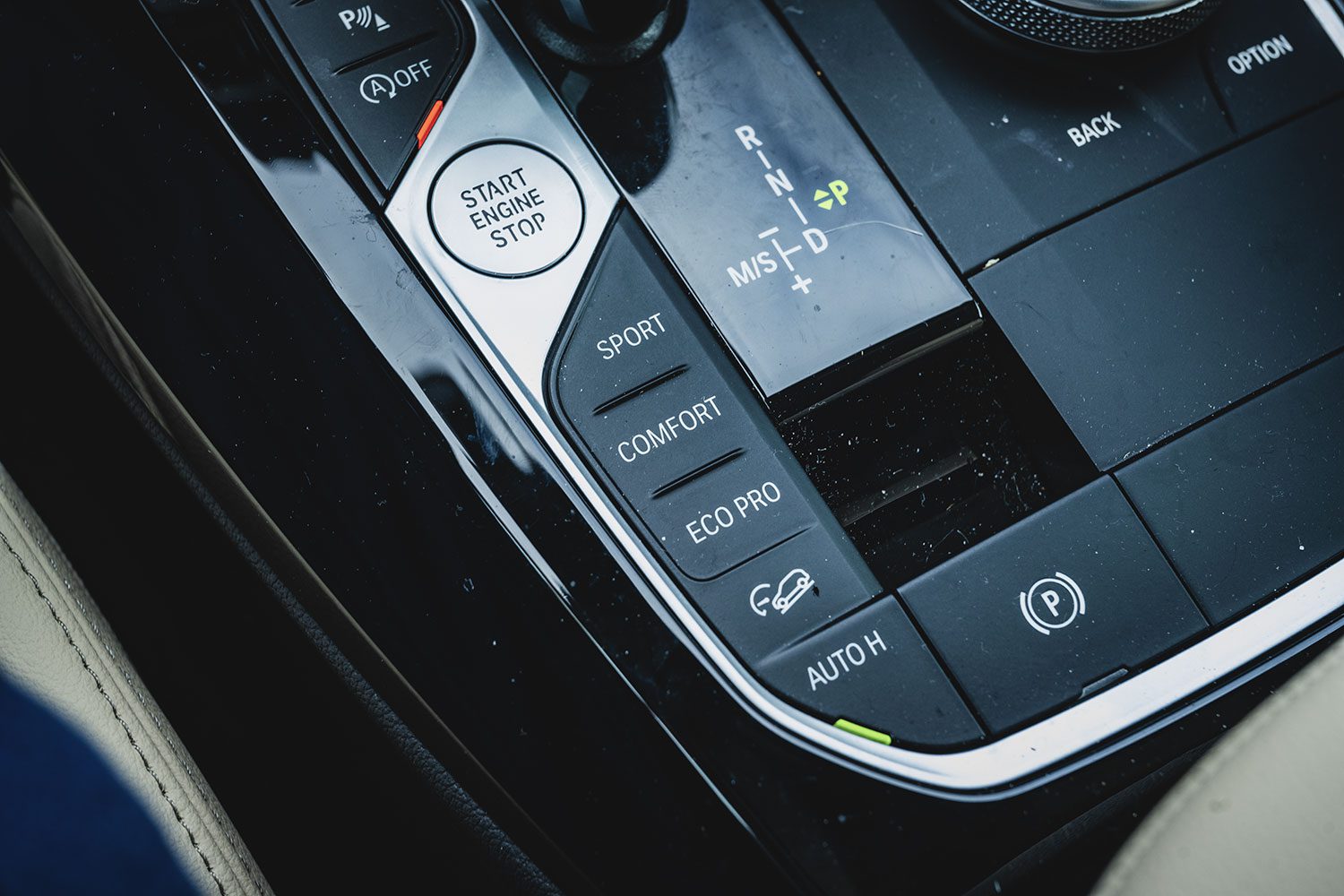
On the other hand, four-wheel drive is a part-time system like what a Jeep Wrangler might have. It’s usually a two-wheel drive chassis, and you decide via a transfer case (looks like another transmission shifter), when all four wheels need power. More hard-core off-road models feature a low-range mode, which is a reduction gear range that makes driving easier on loose surfaces and steep hills.
No BMW has a low range mode.
How does BMW xDrive work?
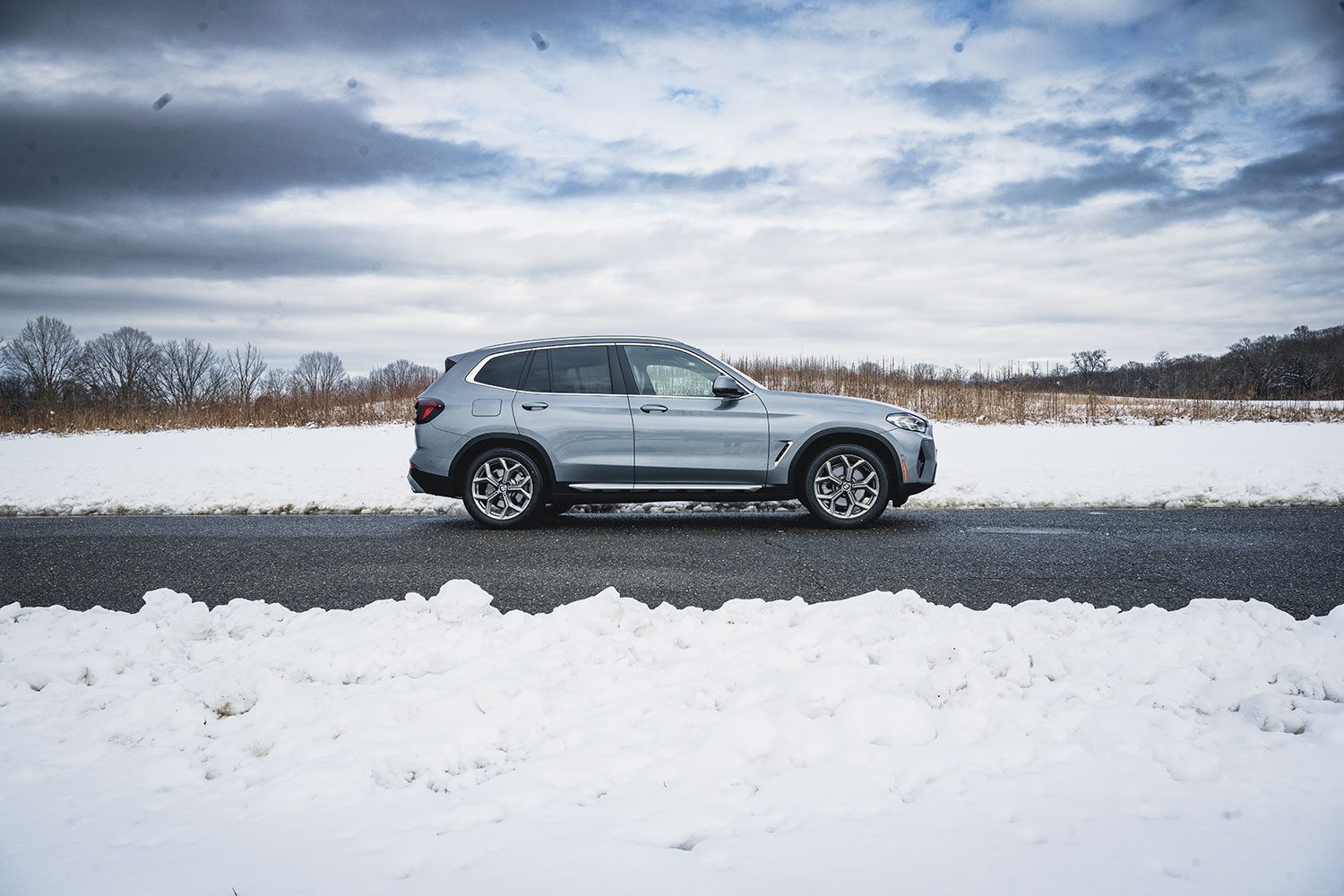
Any BMW with xDrive (and a real-wheel drive chassis like the X3) has power split 60:40, rear-biased. That’s to help maintain the handling characteristics of a rear-wheel drive car.
Depending on the situation, xDrive can send up to 100% of the power to either axle, even an individual wheel, and works with DCS (traction control) and the brakes to help with wheel spin and understeer or oversteer. The system measures wheel speed, the angle of the steering wheel, brake force, and pressure on the gas pedal via computer, and figures out what you need in real time. Unlike many all-wheel drive systems, xDrive does not utilize a center differential, instead relying on individual wheel brake application.
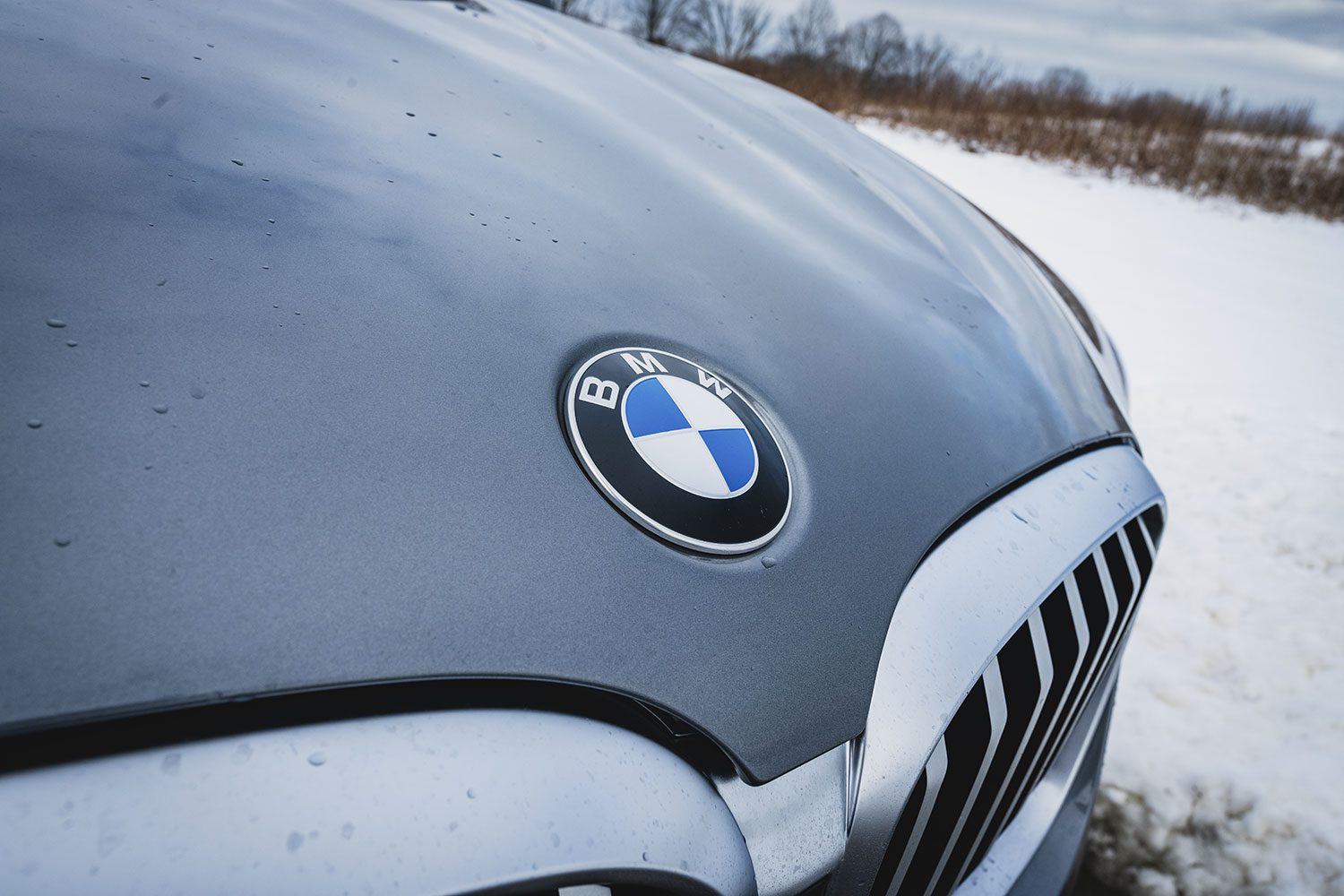
It’s important to note that the stability control systems on a car with xDrive are different from a rear-wheel model because of the additional drive wheels. And remember, any system like this is reacting to whats already happened, not what’s about to happen. There’s already a system in place for that – you.
BWM xDrive vs Audi’s Quattro system
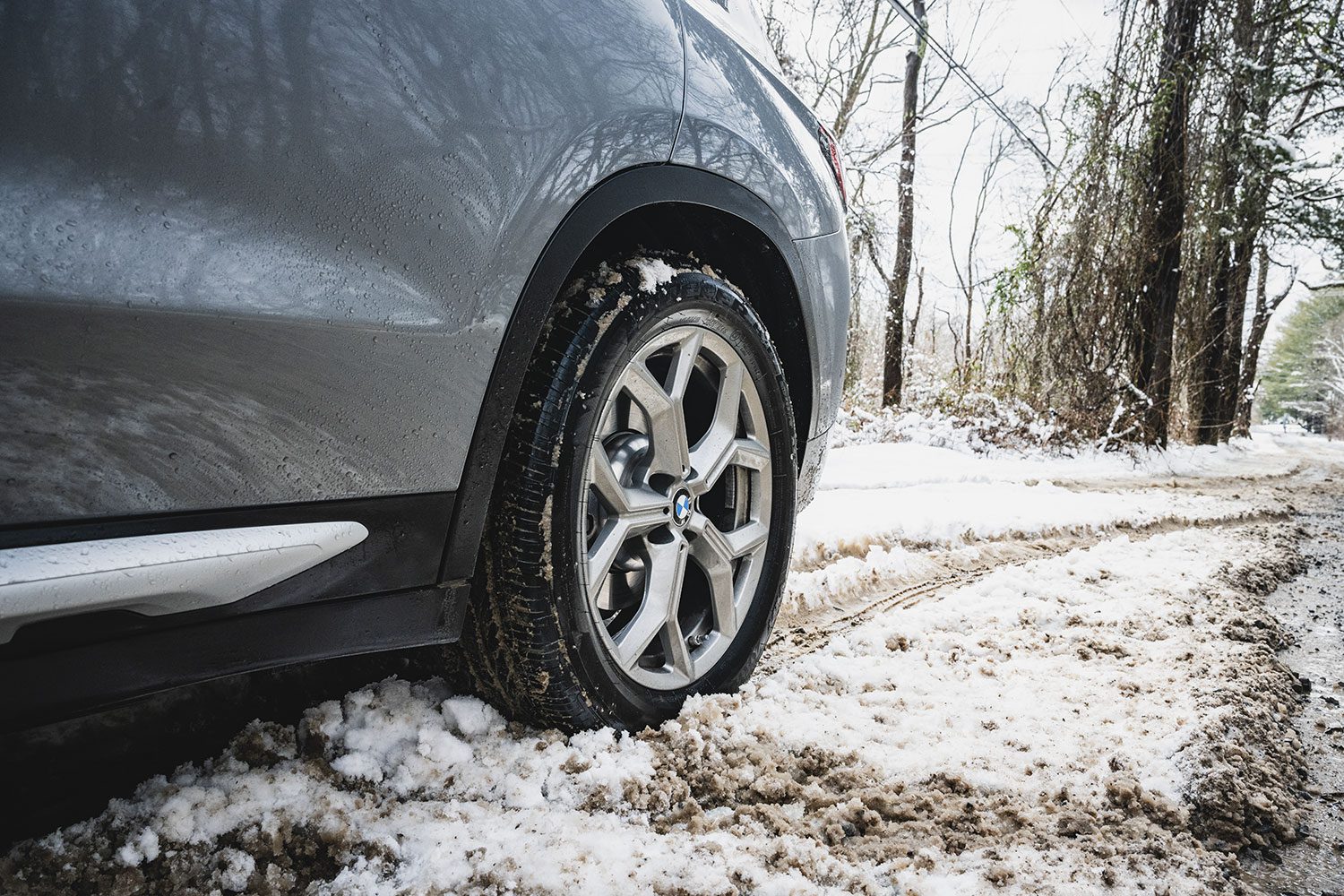
Quattro has been around much longer than xDrive, and it used to be much more mechanical. (Remember it derived from Rally racing).
- Normal Audi models have a 50/50 split, while R and RS models have a more rear-biased distribution.
- Most Audis use a central Torsen (torque sensing) differential that’s built within the gearbox, meaning it’s much easier to package but also more complex. This system is mechanical, and when one wheel has a different speed (slipping) than the others, the differential will lock and send power to another axle.
- The packaging of Quattro is why most Audis are nose-heavy, with the engine pushed forward of the front wheels.
- xDrive works differently, using dynamic stability control to enhance traction by braking the inside wheels and cutting power across the axles to control rotation of the car.
- Starting in 2016, Audi has begin to phase out the Torsen differential on some models, replacing it with a similar system to BMW. What models use what system is beyond the purview of this article, but many high performance models still use the older system.
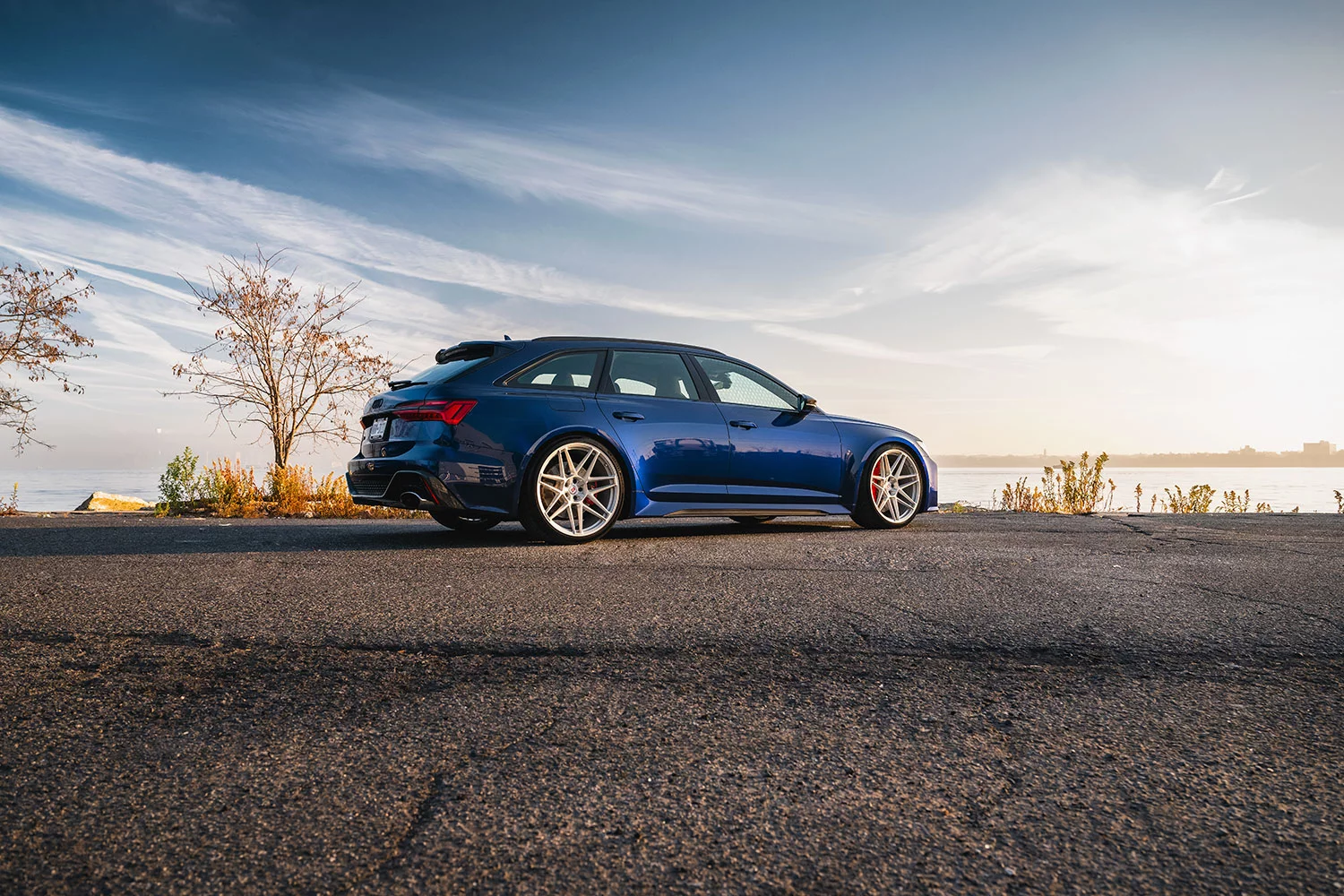
xDrive is by its very nature a more electronic system, and is much quicker to react to situations. This can be good for the normal among us, but less fun if you’re looking for big four-wheel drifts in dirt and snow. Remember, you can’t turn xDrive or Quattro off.
What’s M xDrive?
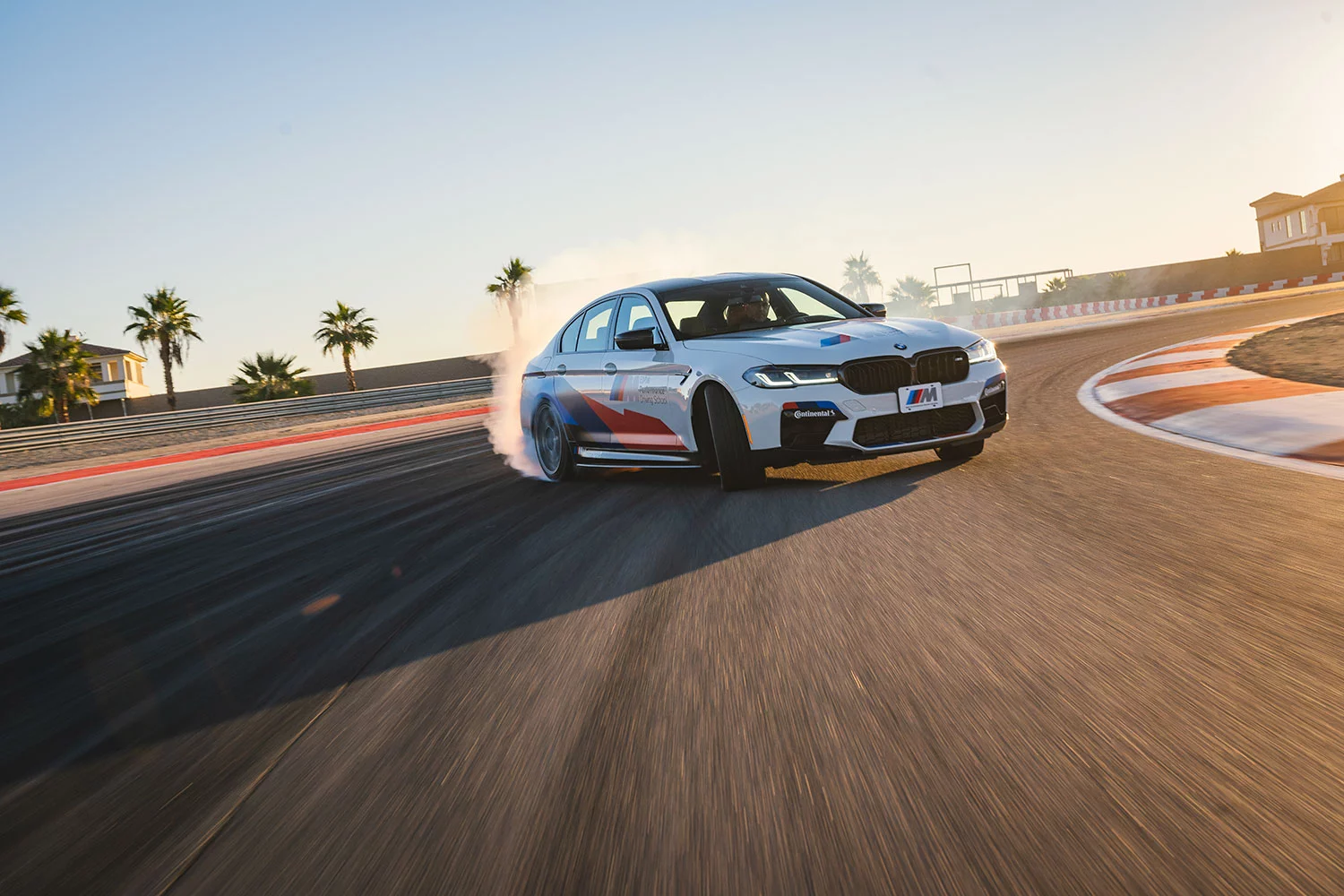
Now allow me to contradict myself, because in an M car you can turn off xDrive. Introduced on the F90 BMW M5, M xDrive is far beyond the abilities of a regular BMW like our X3 here.
- Select all-wheel drive, or two-whee drive (rear-powered).
- Integrated with the M Differential and M Dynamic Mode to allow greater slip angles with varying degrees of traction control.
- Designed to work with launch control, and is essentially a more “beefed up” version of xDrive to handle larger amount of power.
- On the M3 and M4, M xDrive is complemented by a redesigned double-joint spring strut front axle, featuring specially adapted geometry and an individually tuned steering ratio. The M5 and M8 have no need, as all-wheel drive is the standard configuration.
Tires (and traction) on an M car are very important, which is why many use dedicated summer rubber as oppose to all-season tires. Speaking of which…
Do I need snow tires with xDrive? Can I use snow tires on my rear-wheel drive BMW?
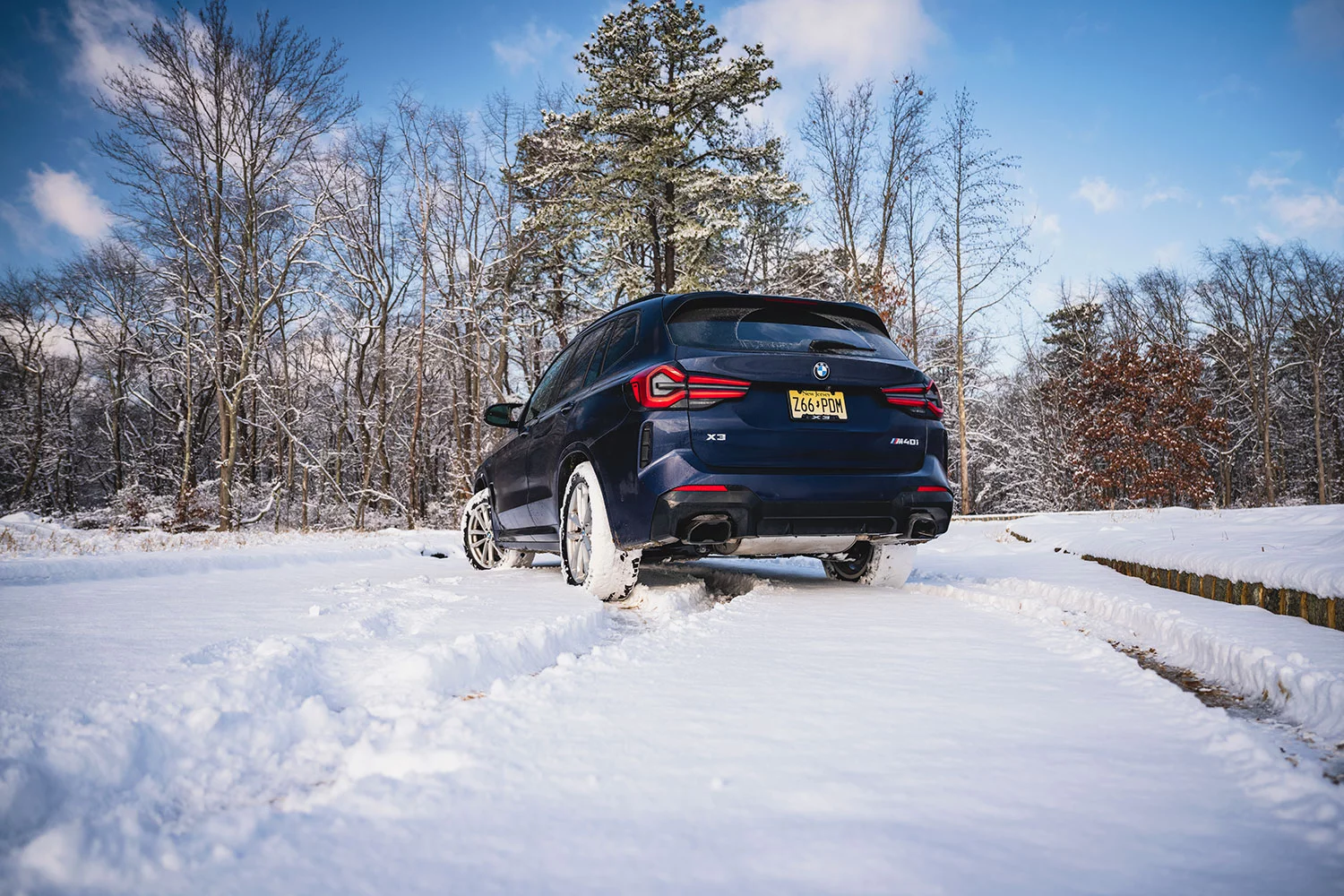
Technically, you always need snow tires in winter weather conditions. Adding them to a BMW equipped with xDrive will make you unstoppable in snow.
xDrive helps you go, but not stop or turn. Proper tires help you do all three. You can survive with all-season tires, but it only takes one time to slide into the back end of someone to understand the importance of grip.

Snow tires are the most important part of the traction equation, so slapping them on your rear-wheel drive M3 will make it a better winter ride than 99% of cars on the road. Given the choice between xDrive and a set of winter wheels, I’d choose the tires every time.
There are some other myths we can debunk as well.
BMW xDrive myth #1 – It helps you stop
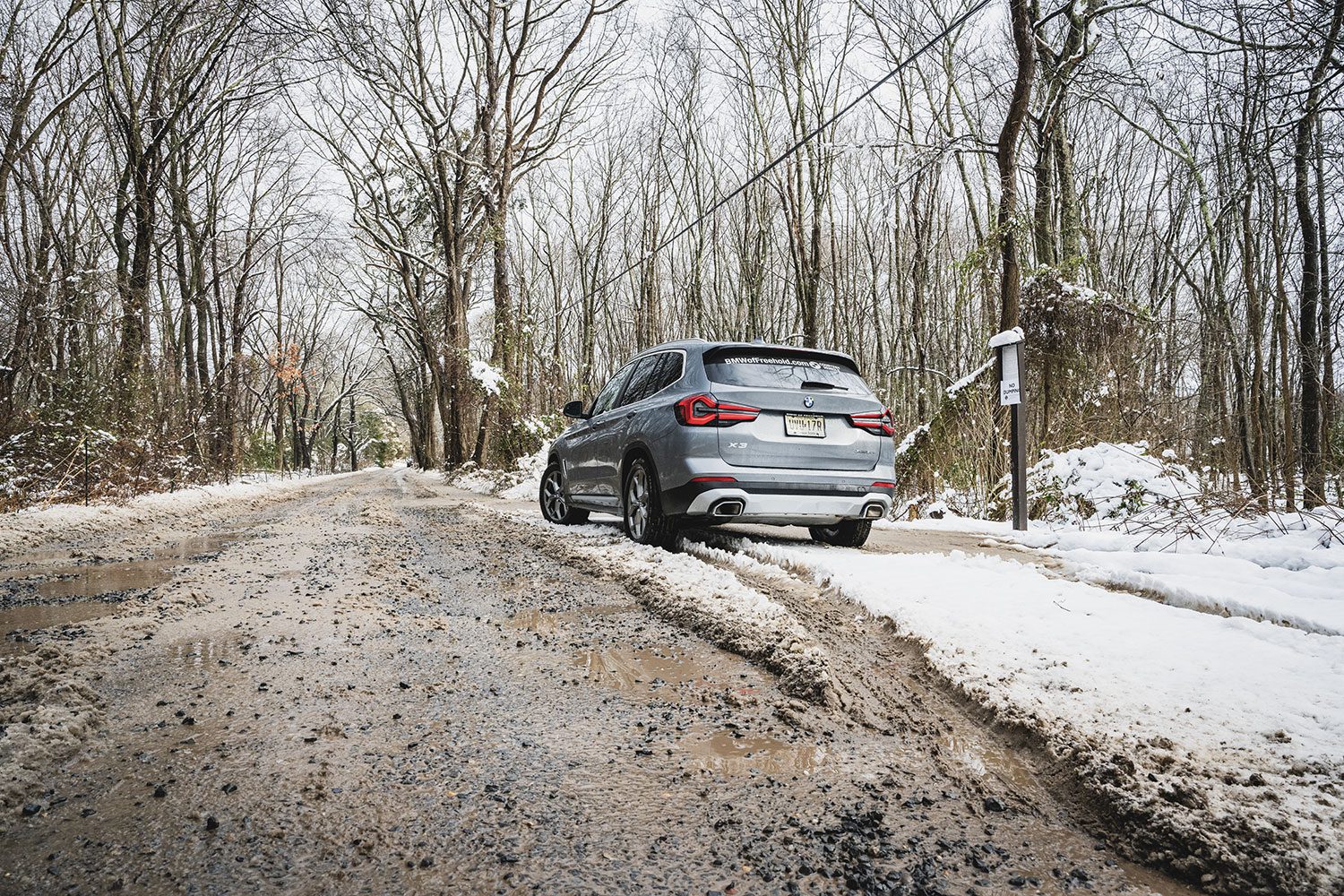
Technically, it’s the opposite – it adds weight, meaning it’ll take you longer to stop.
On average, xDrive models weigh over 100 pounds more than their equivalent rear-wheel drive model. Anti-lock brakes will help you stop sooner, as will appropriate tires for road conditions. But all-wheel drive is for going, not stopping.
BMW xDrive myth #2 – It helps you turn
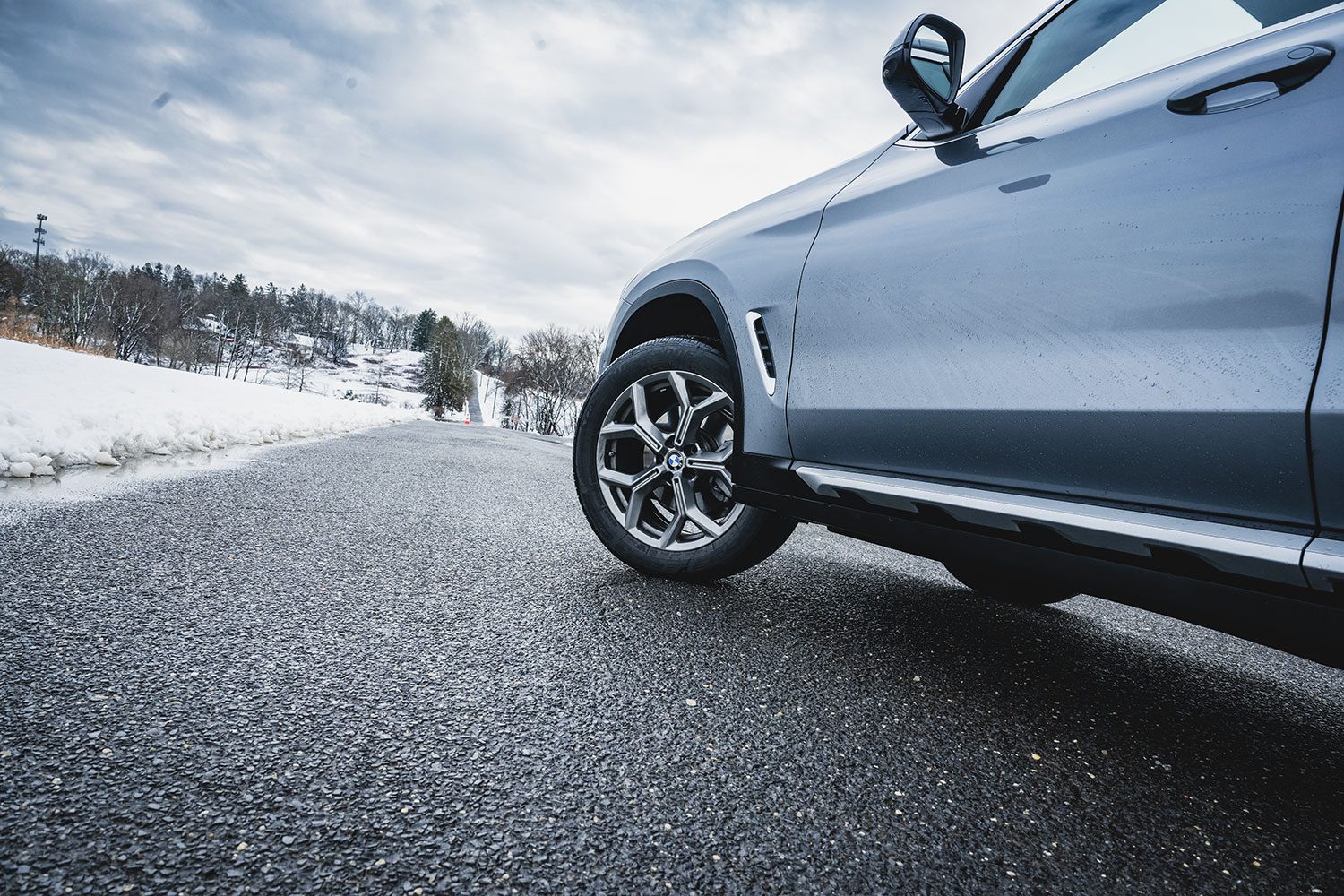
For this, we must use some race car talk. Remember that each tire on a car is only capable of 100% of its ability
If you’re asking a car to accelerate and turn at the same time, that means you can only turn with 50% of a tire’s ability, with 50% left for accelerating. Step on the gas more and unwind the steering wheel, now you’re using 60% for accelerating, 40% for turning. Good job.
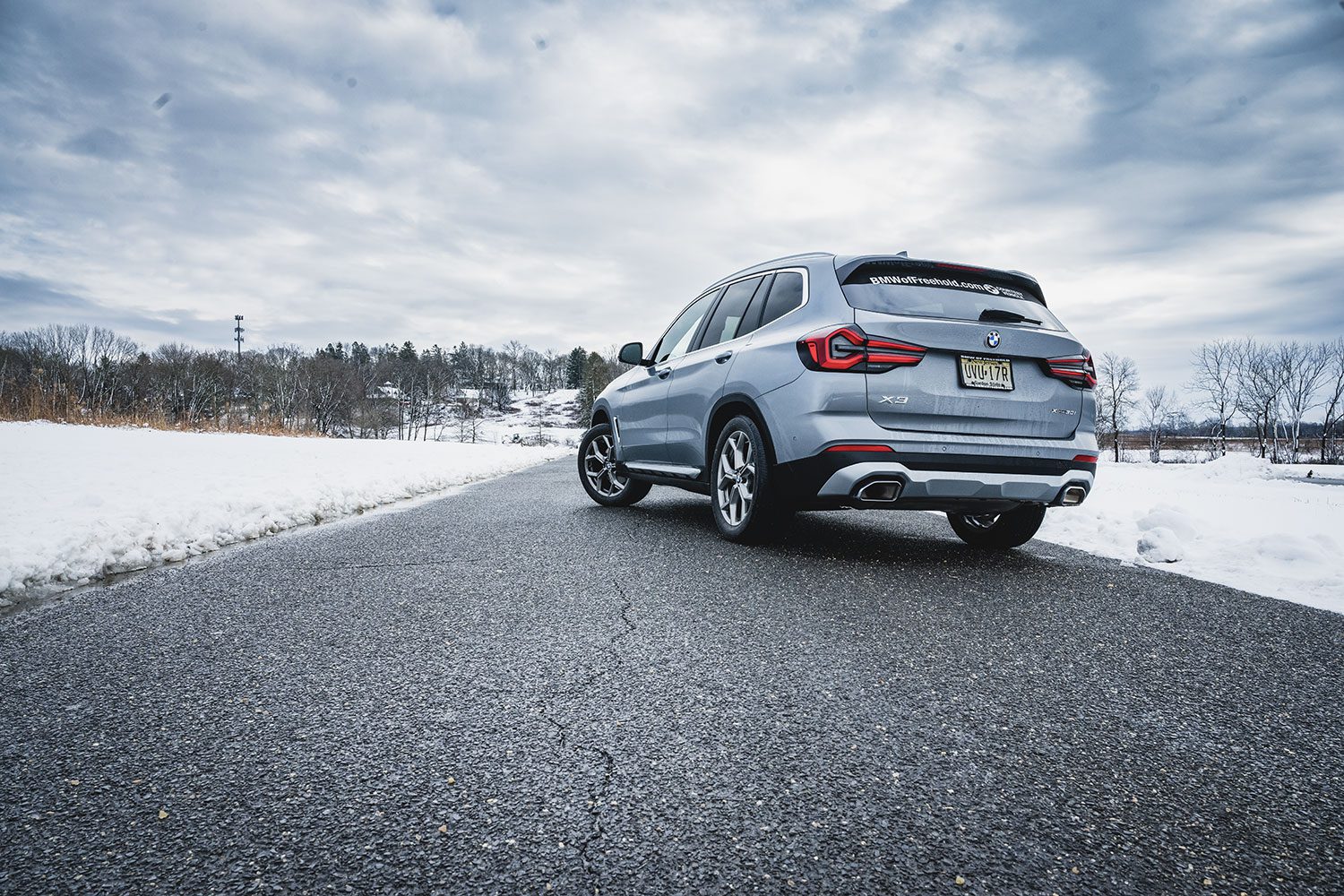
But ask for 50% acceleration and turn the steering wheel even more, now you’re at 110% of a tire’s ability. Crashes and big booms ensue. There are warning signs, like understeer. This is why front-wheel drive cars don’t make good race cars – we’re asking the front wheels to turn, brake and accelerate, usually while the weight transfer is on the wrong set of wheels.
xDrive can be a contributor to understeer because it’s sending power to the front wheels and asking them to do more work. BMW’s with xDrive will always understeer more than their rear-wheel counterparts at the limit.
BMW xDrive myth #3 – It ruins fuel mileage
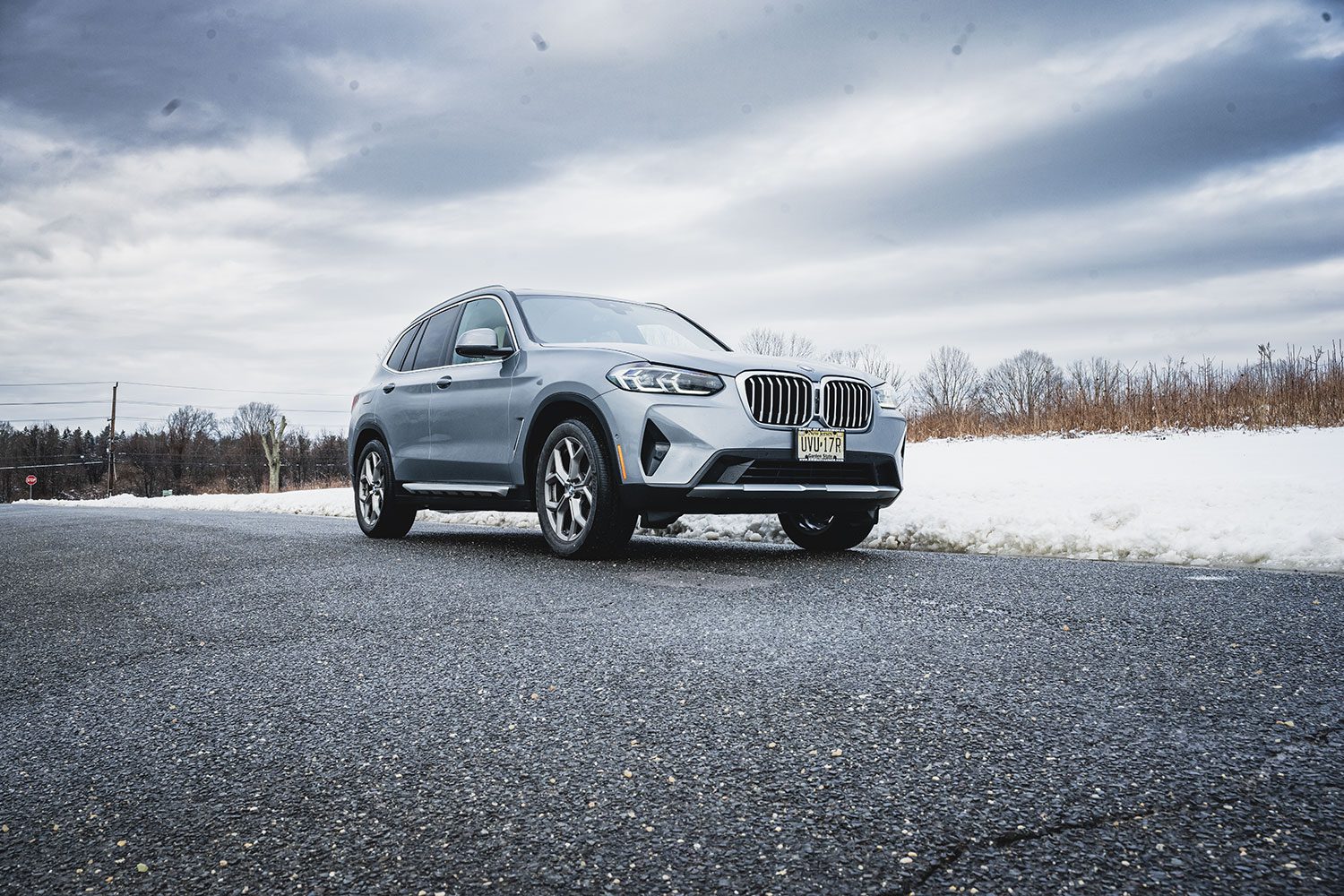
It depends. Let’s look at a real world example:
- M340i (combined/city/highway): 26 / 23 / 31 (3,849-lb curb weight)
- M340i xDrive: 26 / 23 / 31 (3,963-lb curb weight)
The xDrive example weighs 114 more pounds, but exacts no penalty.
This changes when we consider the base 330i model:
- 330i: 29 / 25 / 34 (3,582-lb curb weight)
- 330i xDrive: 27 / 24 / 33 (3,764-lb curb weight)
Here, the xDrive model weighs 182 pounds more, and the average dips by 2 miles per gallon. This is likely due to the more extensive changes the xDrive model brings mechanically. In my opinion, it’s another reason to simply pick the six-cylinder model for a measly one-mile-per-gallon loss over the four-banger.
BMW xDrive myth #4 – It’s not meant for off-roading
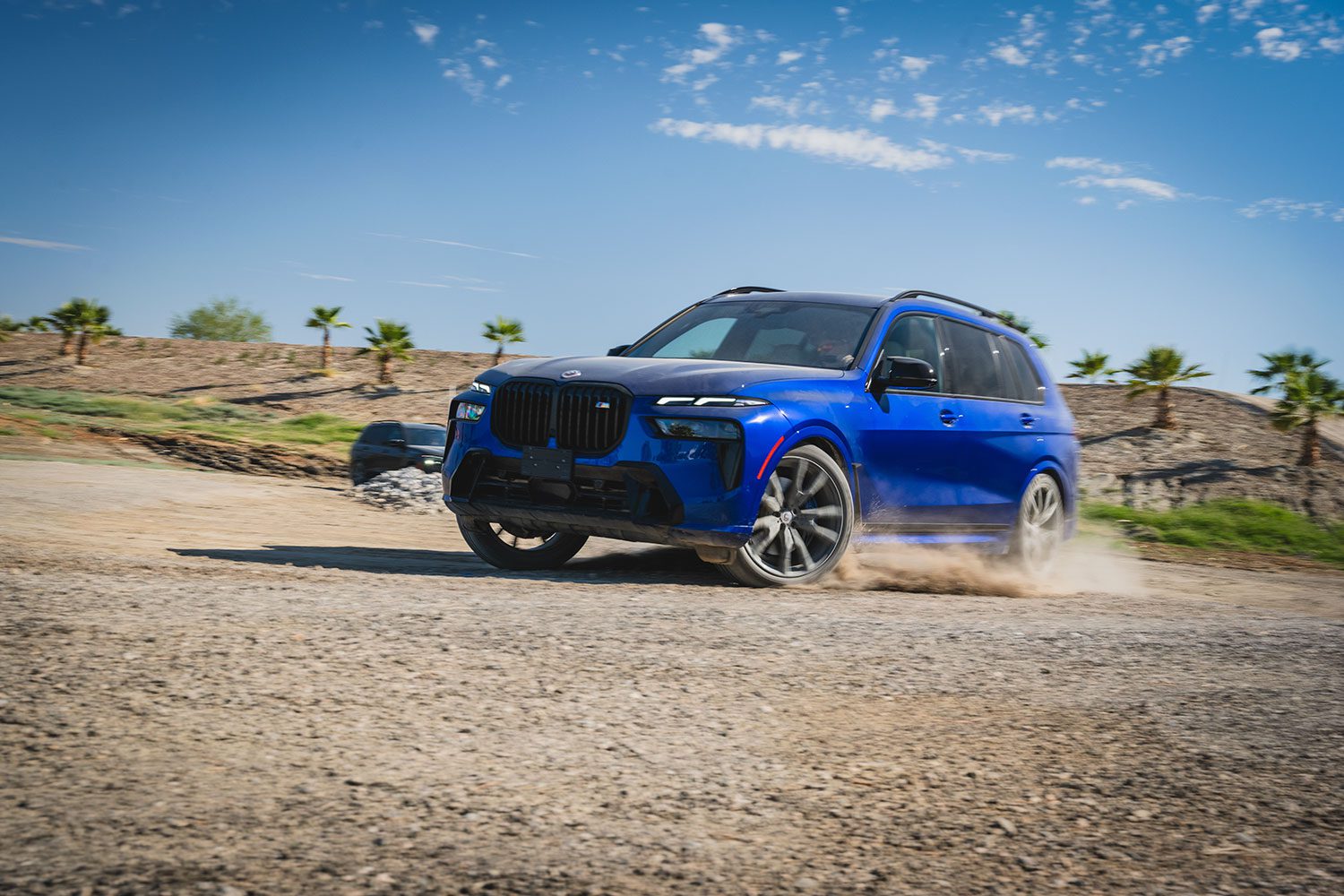
BMW had all-wheel drive on its E30 3 Series back in the 1980s, but with the original BMW SUV, the X5, the system took center stage.
The original E53 X5 was developed just after the acquisition of Land Rover by BMW. As a result, the vehicle shares many components and designs with the Range Rover L322 model (specifically the hill descent system and off-road engine management system). Though BMW sold Land Rover long ago, they took that company’s expertise and applied it to their own xDrive system.
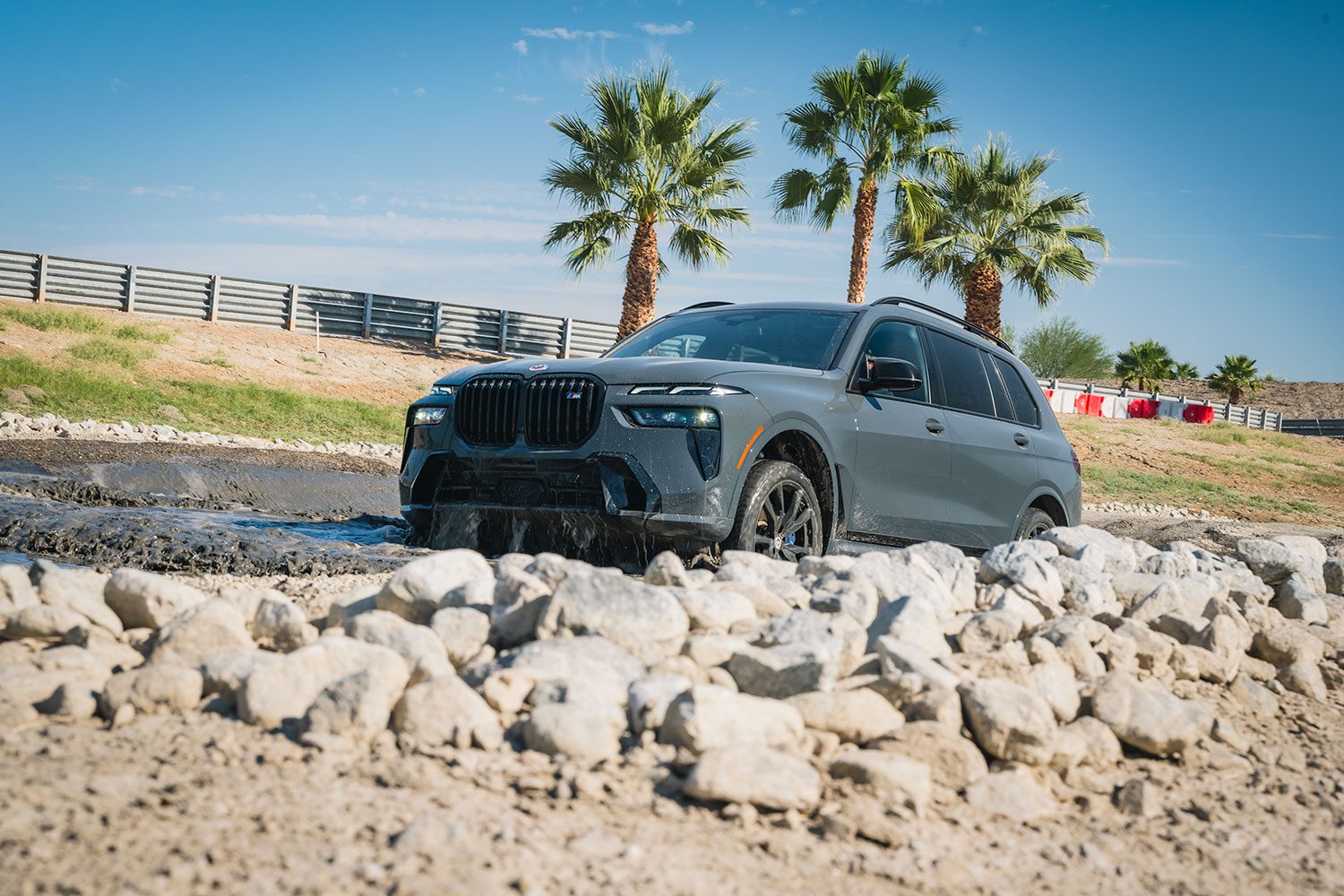
The result means that an X7 isn’t just meant for the mall parking lot – it really can handle steep angles, deep water, mud, snow and rocky terrain. I wouldn’t pick an X7 over a Range Rover, as it’s traded some off-road ability for on-road efficiency, but you can play with it in the dirt quite a bit before trouble starts.
Can I still order a BMW without xDrive?
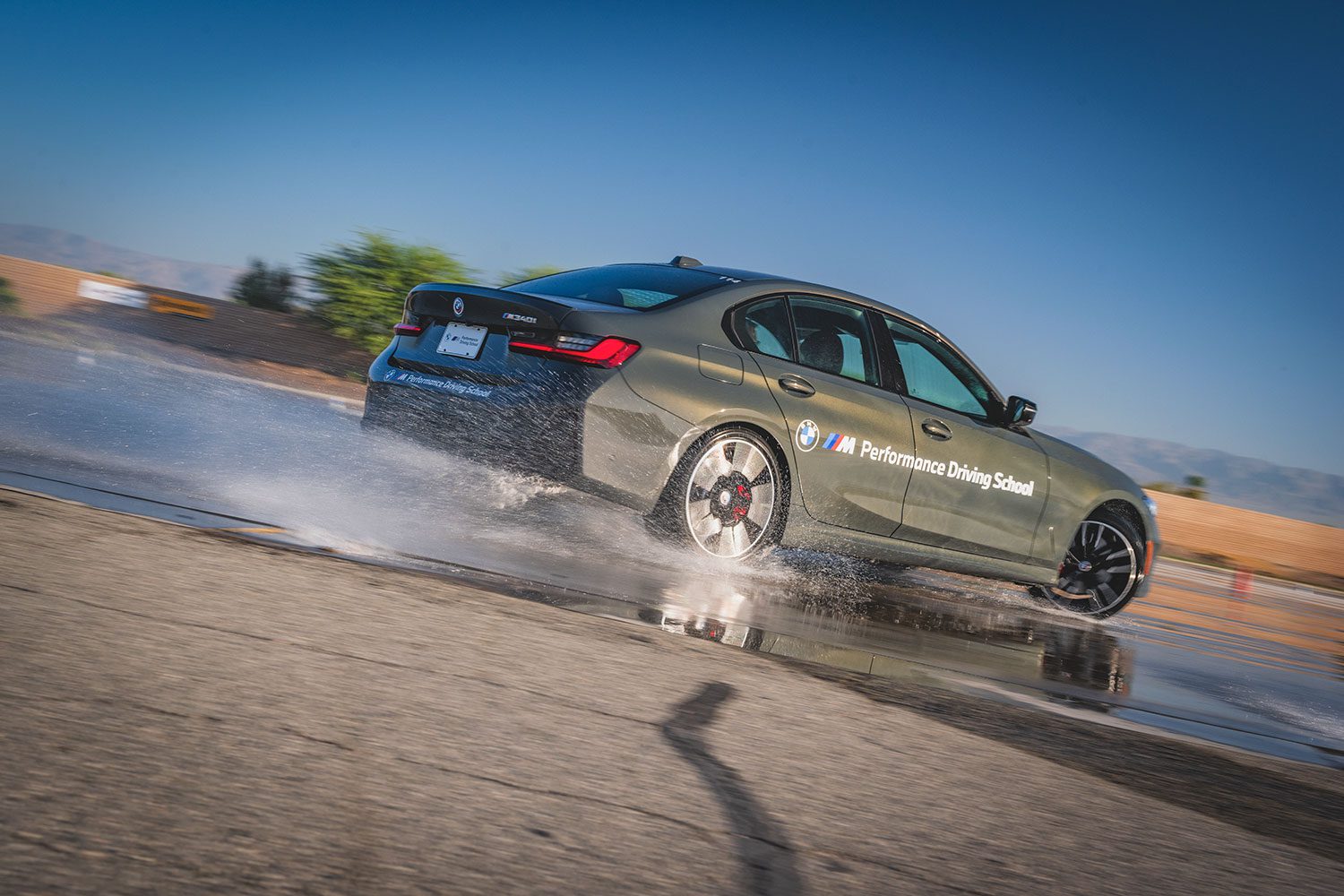
You can still order cars like the M340i without xDrive, but the BMW Z4 is the only model left without an xDrive option. It’s nearly impossible to find a rear-wheel drive model on a dealer lot if cold weather is on the menu.
M cars are also heading in that direction. The M2 is the only model available without M xDrive, and that may soon change. Consider it a necessary evil, as these cars become more and more powerful.
Is xDrive worth it?
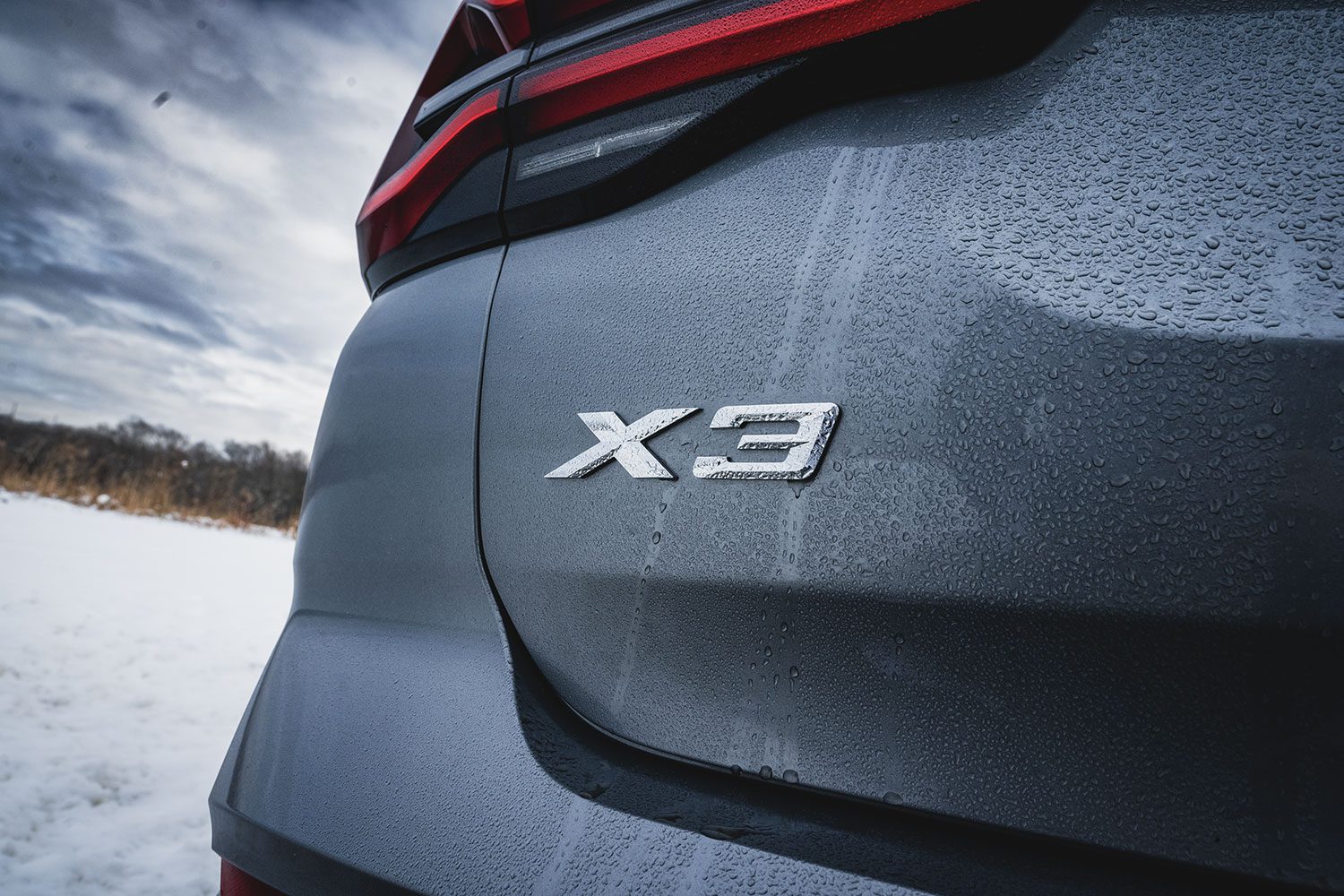
Most of the time, yes. For an average increase of $2,000, xDrive will provide you with another layer of safety when it comes to driving out of the muck.
But if you live in a place like southern California or Florida, I’d question if it’s really needed. Wet weather can cause you to slip off the line, but unless its a deluge, modern tires and traction control systems work well enough in 99% of situations. Even in winter weather, you’ll probably need xDrive less than 5% of the time you drive. Otherwise, it’s jut dead weight.
But if you like doing pulls from every red light and stop sign? Well, shave off that xDrive badge and surprise everyone.
Want MWS to review your car?
If you live in the tri-state area and want me to check it out, send me an email!
Support Machines With Souls
Commissions may be received for product links on this site. Help out if you can.
I use Nikon camera bodies and lenses, a Westcott Ice Light 2, Manfrotto tripod, B + W filters and an iMac Pro to make the art you see here.


